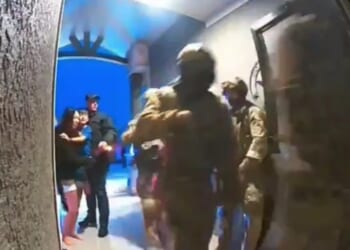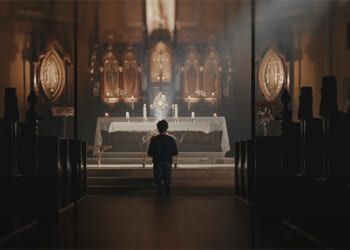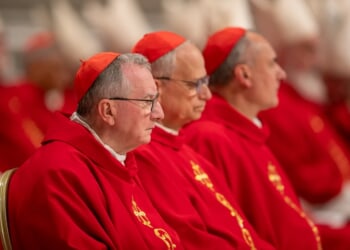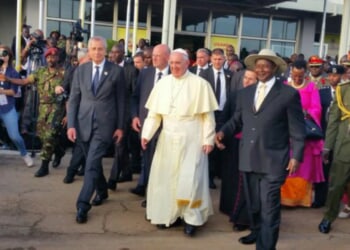First flown in 1997, the L-159 features many of the L-39/59’s aerodynamic configurations, but multiple changes were made to improve upon the L-159’s combat performance.
The Aero Vodochody L-159 ALCA is a light combat aircraft and advanced trainer, developed as a replacement to Aero’s L-39 and L-59 Albatros aircraft. Built in the Czech Republic, the L-159 began development in 1993 for the purpose of replacing aircraft from the recently-collapsed Soviet Union.
To save costs, Aero chose to work from an existing and proven platform, the Albatros family, rather than start from scratch. The end result was a sleek yet familiar aircraft that improved upon the features of its predecessors.
You have likely seen the Aero L-39 Albatros, from which the L-59 Super Albatros is derived, which in turn the L-159 ALCA is derived. The L-39 is recognizable as one of the more affordable jet aircraft options on the civilian market. With sticker prices in the $400,000-800,000 range, the L-39 is one of the easiest ways for civilian operators to get into the cockpit of a jet aircraft. Accordingly, the L-39 has some traction in popular culture. The seltzer brand Liquid Death recently held a promotion in which the grand prize was an L-39—an homage to the Pepsi-Harrier scandal of the 1990s, when Pepsi promised a Harrier jump jet as a prize for a seemingly-impossible number of rewards points and infamously refused to honor the pledge when a college student achieved it. Tom Cruise recently took James Corden for a flight in an L-39; and the Patriots aerobatic team, a civilian crew operating out of California, flies a fleet of L-39s in airshows across the western United States.
So the L-159, derived from the L-39, is a familiar aircraft. First flown in 1997, the L-159 features many of the L-39/59’s aerodynamic configurations, but multiple changes were made to improve upon the L-159’s combat performance. For example, the L-159’s airframe was strengthened to improve durability under fire; the cockpit was reinforced with composites and ceramic ballistic armor, to better protect the pilot from shrapnel and small arms fire; the nose cone was enlarged to accommodate a radar; the number of underwing pylons was increased, to allow for the hefting of more ordnance; and an additional hard point was added under the fuselage.
The L-159 was outfitted with a non-afterburning Honeywell/ITEC F124-GA-100 turbofan engine providing 6,300 pounds of thrust. The jet therefore offers relatively modest performance characteristics relative to modern fighter aircraft. For example, the L-159’s maximum speed is subsonic at 582 miles per hour, and its service ceiling is 43,300 feet—not much higher than a routine commercial flight. Its rate of climb is 12,200 feet per minute, about one-fifth that of an F-16.
For weaponry, the L-159 can hold up to three 2×20-mm gun pods, a variety of rockets, missiles (air-to-air or air-to-ground), and bombs. To date, the L-159 has only seen limited combat action, when the Iraqi Air Force used its imported L-159s to take on the jihadist army of the Islamic State of Iraq and the Levant (ISIL or ISIS).
The Czech government has also offered the L-159 to Ukraine to assist in its defense against Russia’s invasion. Loaded with western weaponry, like the AIM-9 and AMRAAM, the L-159 was advertised as being able to assist Ukraine in the counteroffensive. To date, however, the Ukrainians are not understood to be operating the L-159.
About the Author: Harrison Kass
Harrison Kass is a defense and national security writer with over 1,000 total pieces on issues involving global affairs. An attorney, pilot, guitarist, and minor pro hockey player, Harrison joined the U.S. Air Force as a Pilot Trainee but was medically discharged. Harrison holds a BA from Lake Forest College, a JD from the University of Oregon, and an MA from New York University. Harrison listens to Dokken.
Image: Shutterstock / Kletr.
















